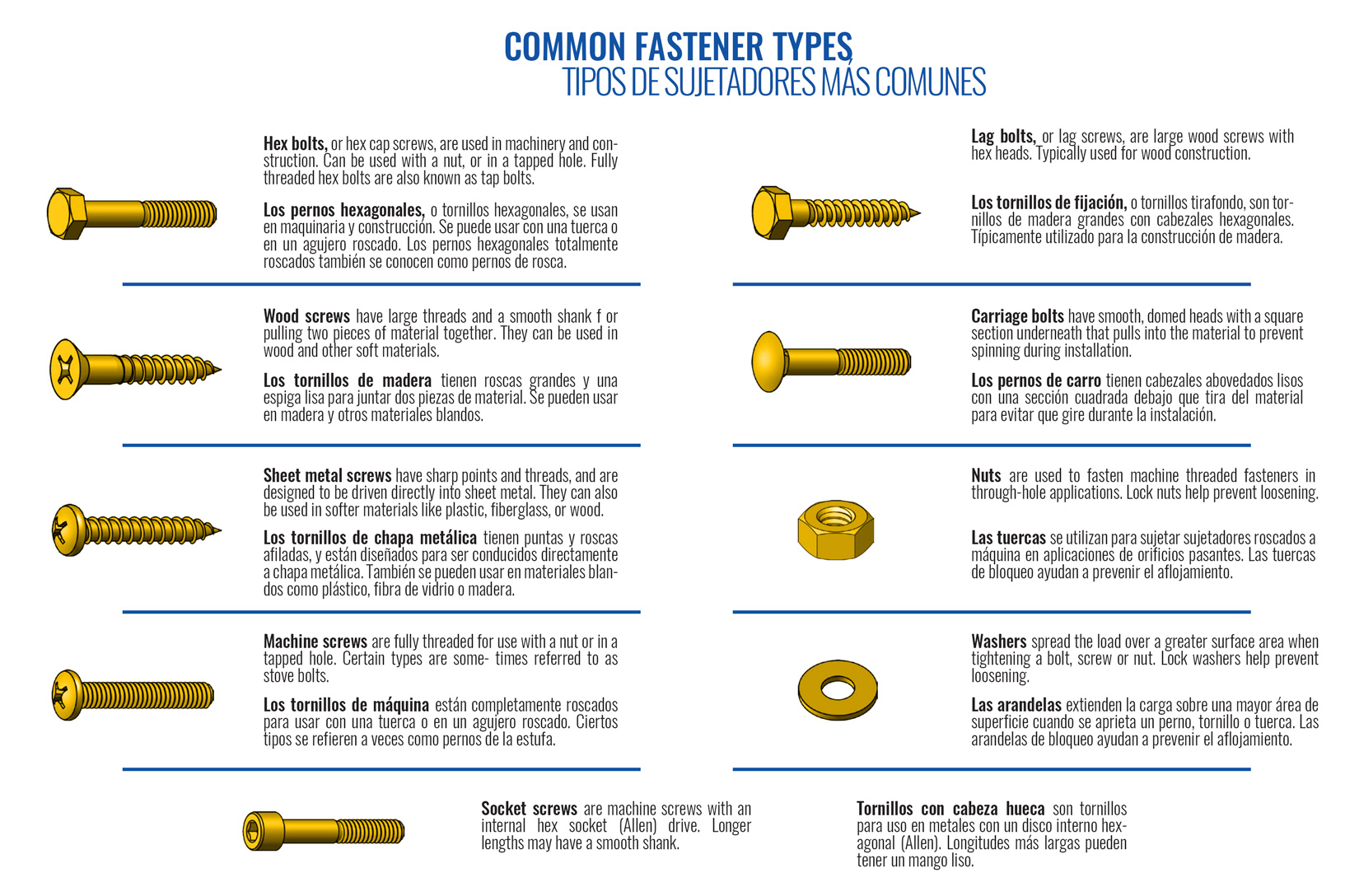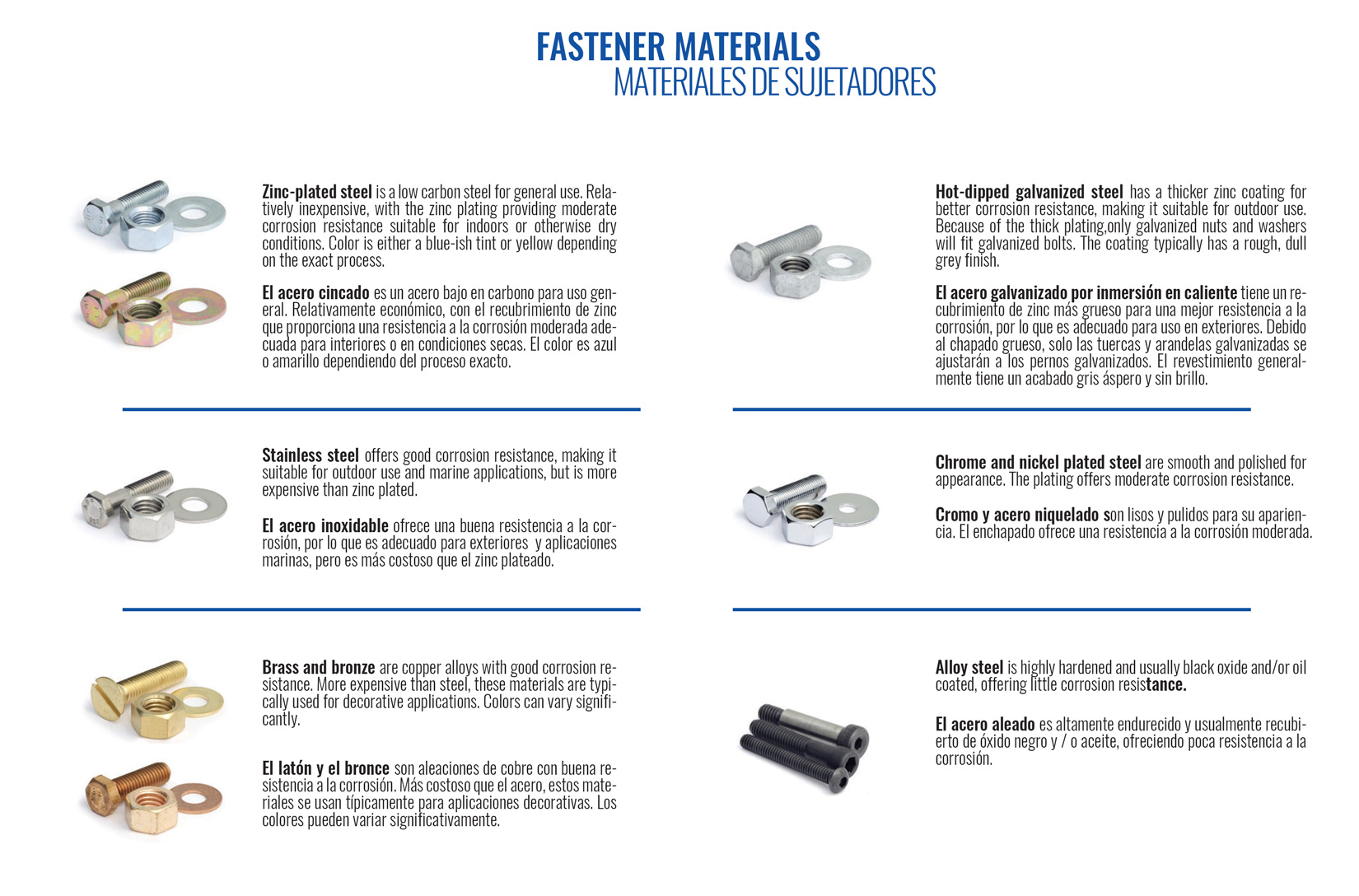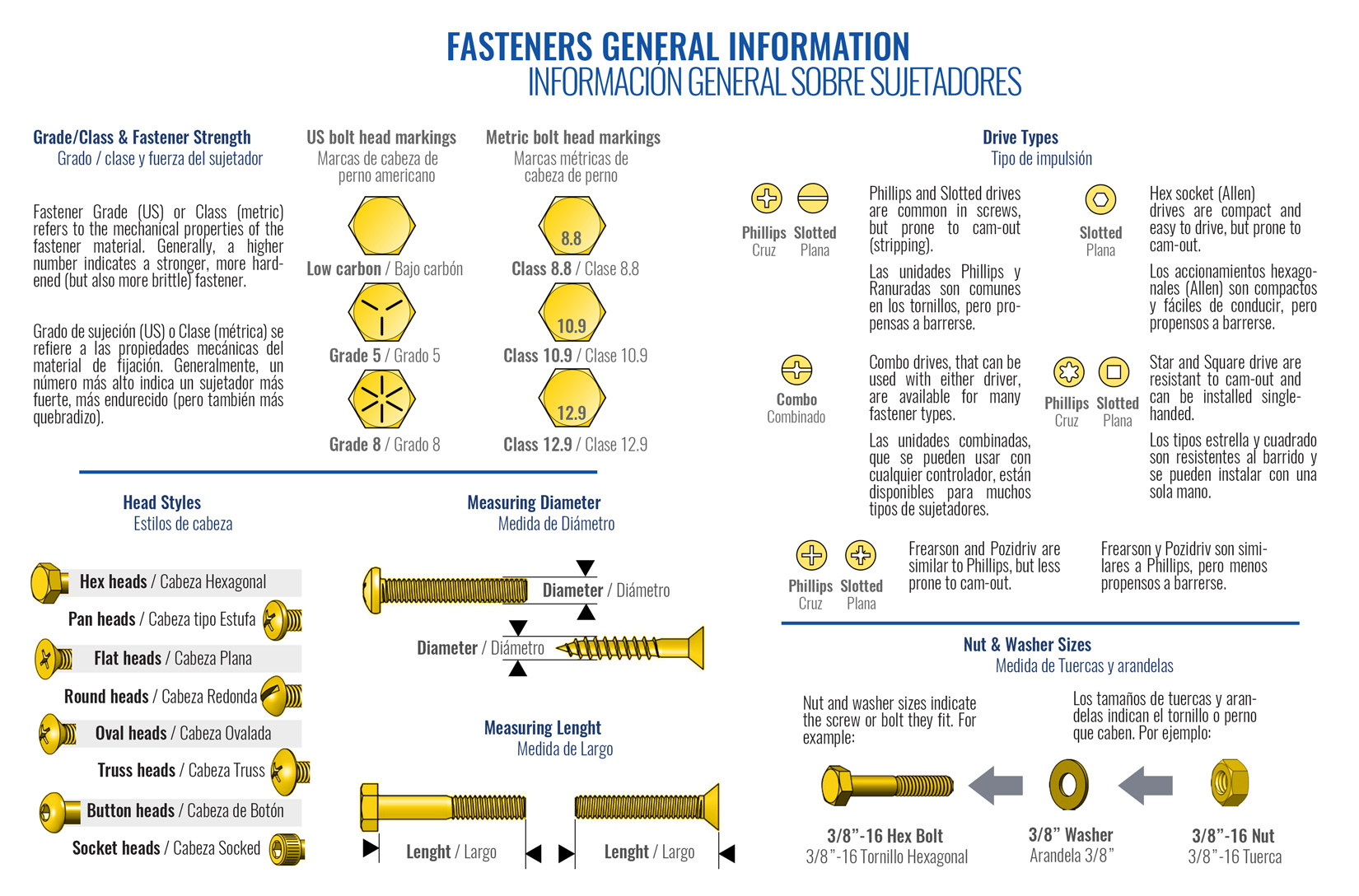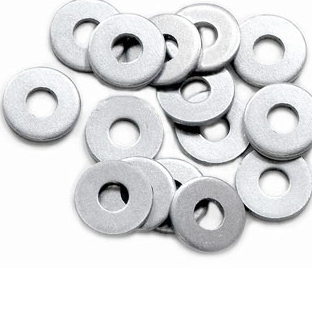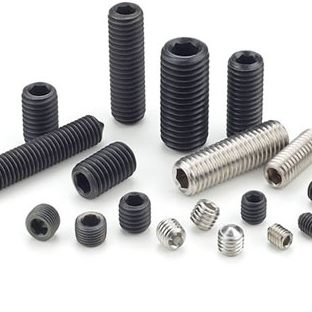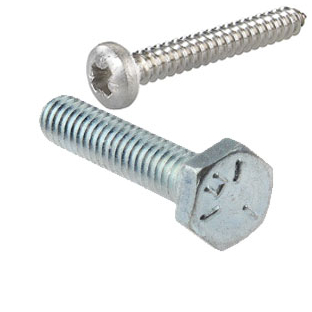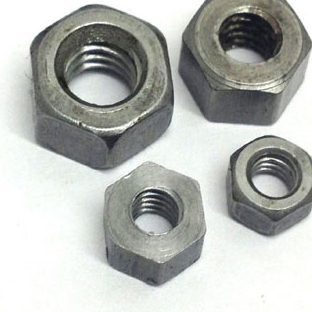Flat washers work with fasteners, such as bolts or screws, and are commonly used with spacers and shims, and to reinforce an attachment. They help distribute a load across a surface area such as wood.... More Info
Commonly used to secure pulleys to shafts, socket set screws are generally headless and rest flush with or below the surface of the application. Socket set screws help you securely connect gears, pull... More Info
Bolts, screws and studs are used extensively in the manufacturing industry. Although similar in appearance, however, each item has its own unique purpose and characteristics. To learn more about the n... More Info
A nut is a type of fastener with a threaded hole. Nuts are almost always used in conjunction with a mating bolt to fasten multiple parts together. The two partners are kept together by a combination o... More Info
 English
English Español
Español

